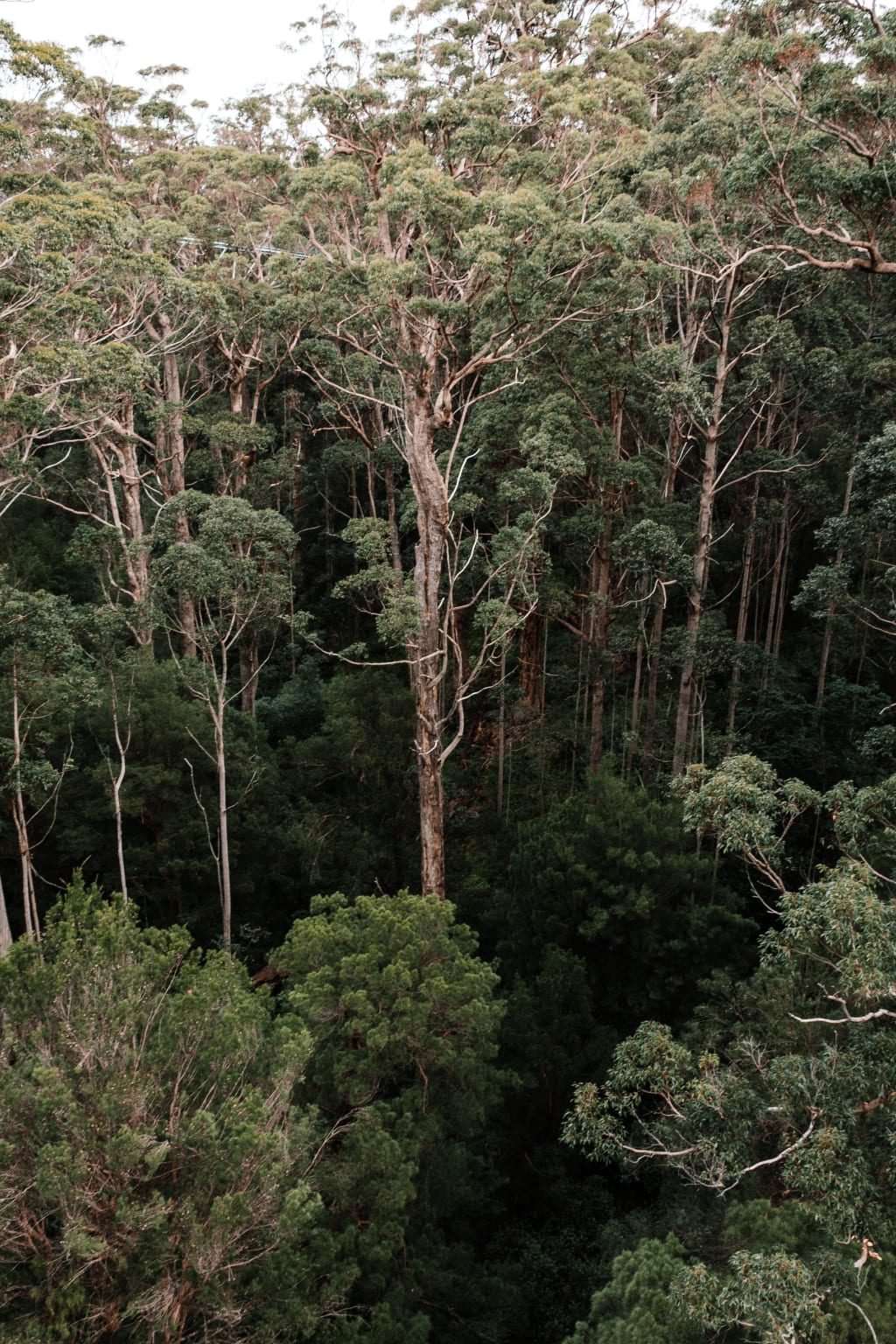Unraveling the Mystery of the Tunguska Event: When Siberia Became Ground Zero
When Siberia Became Ground Zero

Siberia is a vast expanse, so vast that if it declared independence from Russia, it would instantly become the largest country on Earth. Within this vast wilderness lies an astonishing fact: about a third of it is dominated by the tiger, a colossal forest that is one and a half times the size of India. Deep in the heart of this endless sea of trees, one of the most mysterious natural disasters in modern history took place just over 100 years ago.
On the 30th of June, 1908, a huge section of the East Siberian tiger was leveled by something of unimaginable power. The scale of devastation was breathtaking—80 million trees across almost a thousand square miles were felled, resembling a pocket-sized apocalypse.
It appeared as though a nuclear bomb had been dropped in the middle of the Siberian wilderness, even though nuclear weapons wouldn't be invented for another 40 years. The cause of this cataclysmic event remained a mystery, defying human explanations.
In 1927, Russian mineralogist Leonard Kulik embarked on an investigation to the remote site near the Parkamnia Tunguska River. With a team of scientists, local guides, and a theory in mind, Kulik believed only one thing could explain the remarkable Russian ruination—an impact from a meteorite. The fallen trees all pointed in the same direction, leading the team to what was clearly a Ground Zero.
However, Kulik encountered a puzzling discovery—the absence of an impact crater and any sign of a meteorite or its fragments. The trees, where the crater should have been, stood upright but were stripped of bark and branches. The scene was perplexing and raised even more questions about the event.
The Tunguska event, as it came to be known, left a lasting impact beyond the Siberian wilderness. Seismic stations across Europe and Asia detected activity resembling a mid-sized earthquake, while an air-based shockwave traveled as far as Papua New Guinea and Washington D.C. Night skies across half the world were illuminated by an eerie light, so bright that people could read newspapers outside in the middle of the night.
Despite the vast destruction, the estimated death toll stood at only three, highlighting the sparse population of the region. Eyewitness accounts from near Ground Zero described a strange blue-white light appearing in the sky, followed by flames and loud bangs that resembled artillery fire. The destructive force was undeniable, but its cause remained elusive.
Scientists and researchers have grappled with numerous theories, but many have fallen short in explaining the Tunguska event. With no impact crater, meteor strikes and volcanoes were ruled out. Earthquakes could not generate airborne shockwaves or bright lights in the sky.
Local beliefs ranged from the anger of an Angry God to the involvement of black holes, antimatter particles, Nikola Tesla's inventions, or even nuclear-powered alien spacecraft. However, these theories lacked credibility in the scientific community.
A clue to solving this mystery emerged from an obscure Australian explosives test called Operation Blowdown in 1963. The experiment involved detonating a massive bomb in the middle of a jungle to assess its effects. Interestingly, the explosion flattened the forest for several hundred meters in every direction, leaving trees standing directly beneath the bomb but stripped of their limbs and bark. This phenomenon resembled a miniature version of the Tunguska event. While no bomb could have caused the devastation in Siberia in 1908, it was not a bomb that exploded—it was a meteorite.
Meteorites, as we know, often burn up in the atmosphere before reaching the surface. However, under specific circumstances, the intense heat generated during a meteorite's fall can cause it to explode, releasing an enormous amount of energy. These meteoric air bursts can have devastating consequences for anything or anyone directly beneath them. The air burst theory gained popularity, suggesting that a meteorite approximately 60 meters across and traveling at incredible speeds detonated five miles above Earth's surface with explosive force equivalent to 2,000 nuclear bombs.
This scenario explains the second sun-like light, the shockwave, and the luminous skies caused by sunlight reflecting off dust particles shed by the meteor. Additionally, the presence of nickel, cobalt, and chromium found in nearby trees further supports the meteoric air burst theory.
Despite the air burst theory's popularity, alternative explanations continue to arise. In 2002, German astrophysicist Wolfgang Kundt proposed that the disaster resulted from the ignition of 10 million tons of natural gas released from within the Earth's crust. Similarly, a Russian research team suggested the involvement of an Earth Grazer—a meteorite that enters the atmosphere at a shallow angle, generating shockwaves without impacting the surface. The quest for a definitive explanation continues, but the air burst theory remains the most widely accepted today.
The Tunguska event serves as a reminder of how close humanity came to the worst natural disaster in history. The blast was powerful enough to obliterate any city on Earth, resulting in hundreds of thousands of casualties. It is a stark realization that we live in a world where asteroids and the threat of impacts exist. While our ability to detect and monitor asteroids has improved, we still only have data on a small fraction of them. The potential danger is evident, and the need for awareness and preparedness is crucial.
On Asteroid Day, celebrated annually on the 30th of June, we are reminded of the Tunguska event and the uncertainty that looms above us. Although the risk of an extinction-level event is minimal, smaller city-killing asteroids remain a concern. However, considering the distribution of cities across a small portion of Earth's surface and the vastness of our planet, the chances of a direct hit are still relatively low. Nonetheless, continued efforts in asteroid detection and monitoring are essential to safeguard our future.
As we explore the mysteries of Siberia and the Tunguska event, let us not forget the unpredictable nature of our universe. We must remain vigilant and proactive in our pursuit of knowledge, for it is in our hands to protect ourselves from unseen punches that may rain down upon us. The Tunguska event serves as a warning—a reminder of the potential dangers that lie beyond our atmosphere.
About the Creator
Enjoyed the story? Support the Creator.
Subscribe for free to receive all their stories in your feed. You could also pledge your support or give them a one-off tip, letting them know you appreciate their work.





Comments
There are no comments for this story
Be the first to respond and start the conversation.